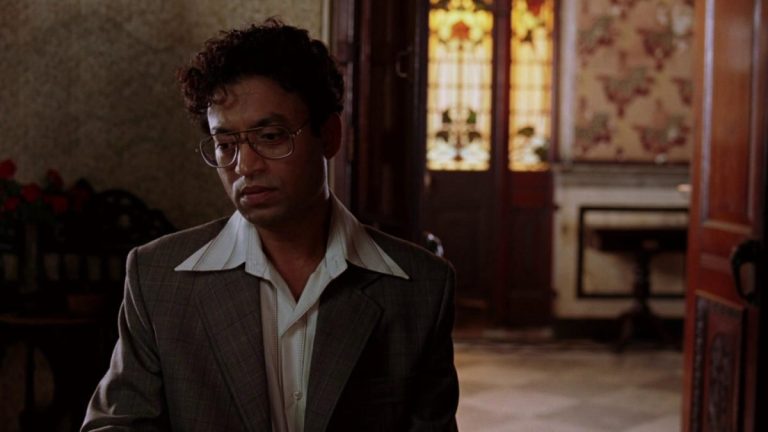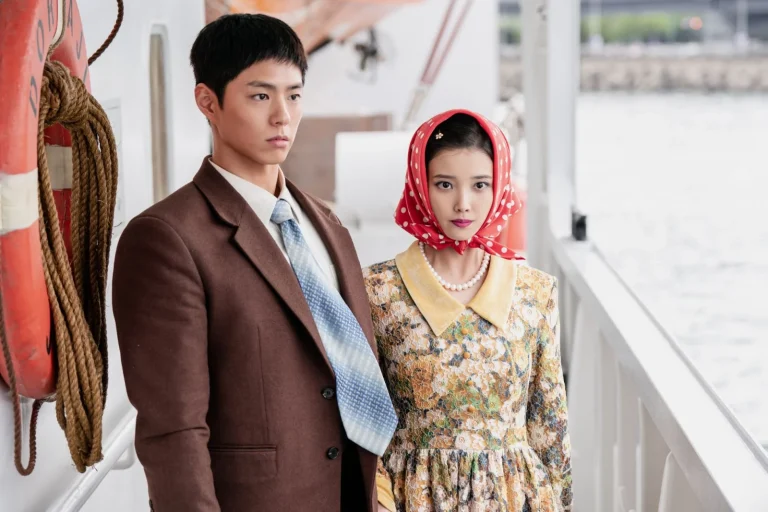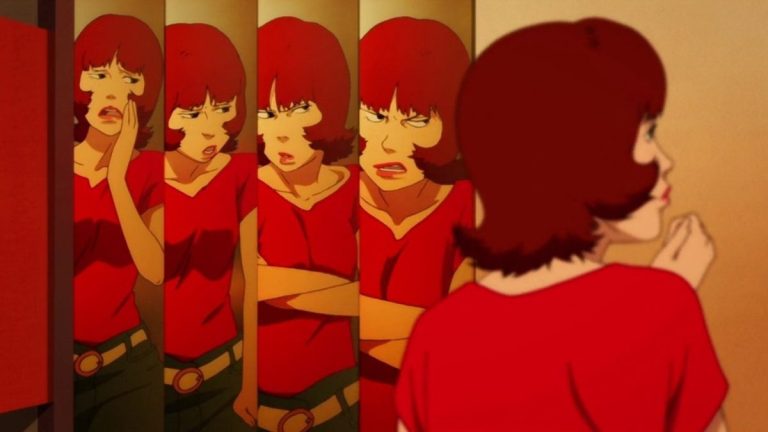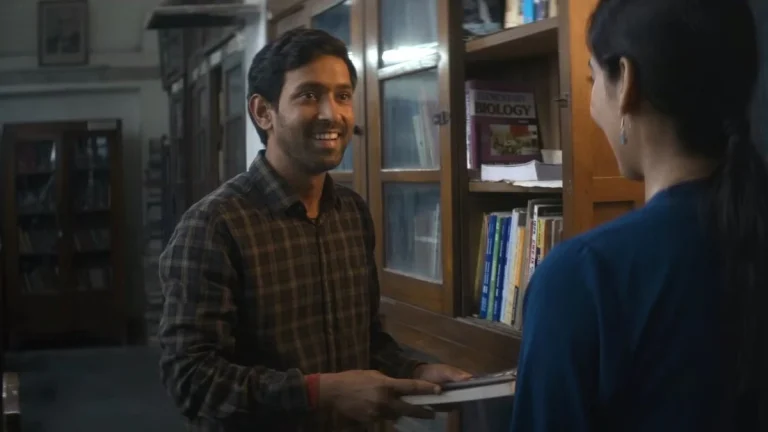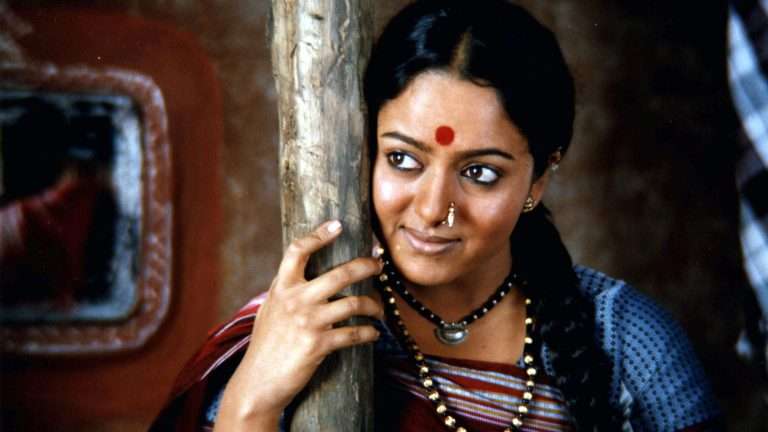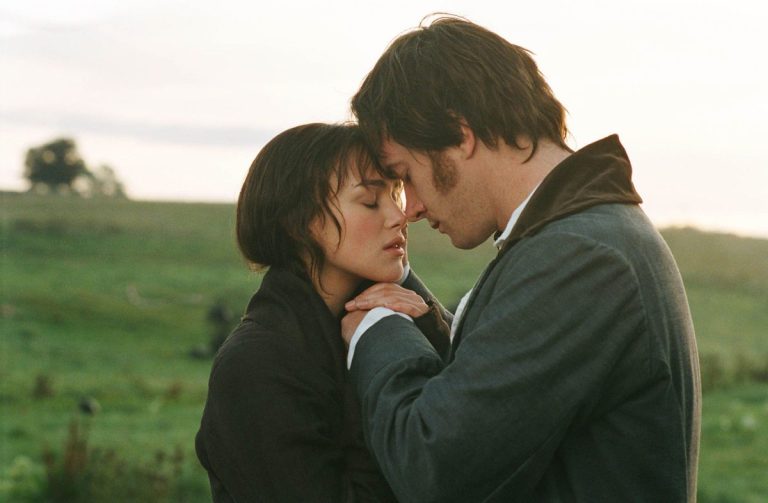Whodunits have become more popular again since the success of the brilliant Knives Out (2019) and its follow-up, Glass Onion (2022). But these were not the first to modernize the famous genre: the works of “crime mistress” Agatha Christie – the world’s best-selling author of all times – got new (but not necessarily improved) adaptations on the big screen in 2017. Kenneth Branagh, known for his acting talent and adaptations of Shakespeare’s classics, decided to delve into the universe of one of the most famous detectives: Hercule Poirot. The Belgian sleuth was created by Christie in 1920 and is the master of the whodunit. His sharp wits, distinctively European methods, preeminent mustache, and inflated ego made him a perfect candidate for the big screen. Over the decades, as many as nine actors have played Poirot – and three left a lasting legacy by recurrently appearing as the detective.
The first is Peter Ustinov, who began his run as Poirot in the 1978 adaptation of Death of the Nile, one of Christie’s most famous novels. This was quite a challenge for Ustinov: his predecessor, Albert Finney, received an Academy Award nomination for his 1974 performance in Murder on the Orient Express – and to this day, no other actor has ever been nominated. Still, Peter Ustinov managed to offer his own take on the character by adding a humor that was absent from the book. As a result, he was disavowed by Christie’s daughter, who found his interpretation too different from the serious sleuth presented in the novel. Ustinov’s way of making Poirot more amicable than the “thinking machine” depicted in the source material was later praised.
He thus reprised the role in as many as three made-for-TV films and two feature-length narratives. Evil Under the Sun (1982) possibly marked his finest performance. In it, the actor perfectly captures the spirit of the detective – who is very much in love with himself but has every reason to be considering his exceptional intellect. Ustinov’s last appearance as Poirot was in 1988’s Appointment with Death: the film was a flop at the box office, and despite Ustinov’s best efforts, his performance came across as more hammy than amusing. This was possibly down to the general drop in quality. Despite this disappointing end, Ustinov’s Poirot gave an interesting answer to a complicated question: how to portray a stern detective in an entertaining way? His lighter version of the character does deviate from the source material, but it is perfect for the big (and small) screen.
Another actor offered what is possibly the most iconic portrayal of Poirot: it is David Suchet, who played the Belgian detective from 1989 to 2013. Over this impressive run, he adapted all major novels and short stories which featured the Belgian detective. Suchet’s interpretation was much closer to the book’s depiction of Hercule Poirot, featuring an often aloof and sometimes arrogant protagonist. Yet Poirot’s seemingly dull persona and implacable logic made him stand out in an era where tortured heroes with complex personalities became the norm.
Hercule Poirot is no Sherlock Holmes and rather tends to fade away behind his brilliant reasonings. This is what most people know him for – and what many wanted to see on screen. In the original novels, it was easy for readers to project themselves as Poirot and step into his shoes, thanks to his relatively simple characteristics. Unlike Ustinov, Christie’s grandchildren stated that she would have approved Suchet’s interpretation, which is also the most faithful in terms of looks. David Suchet perfectly recreates the sharp and portly man depicted in the novels, and of course, his black mustache made history, becoming just as famous as the character himself. Suchet is the reference for most audiences when they think of Agatha Christie’s hero, and that is a testament to his abilities as an actor: Poirot’s on-screen presence became legendary thanks to him.
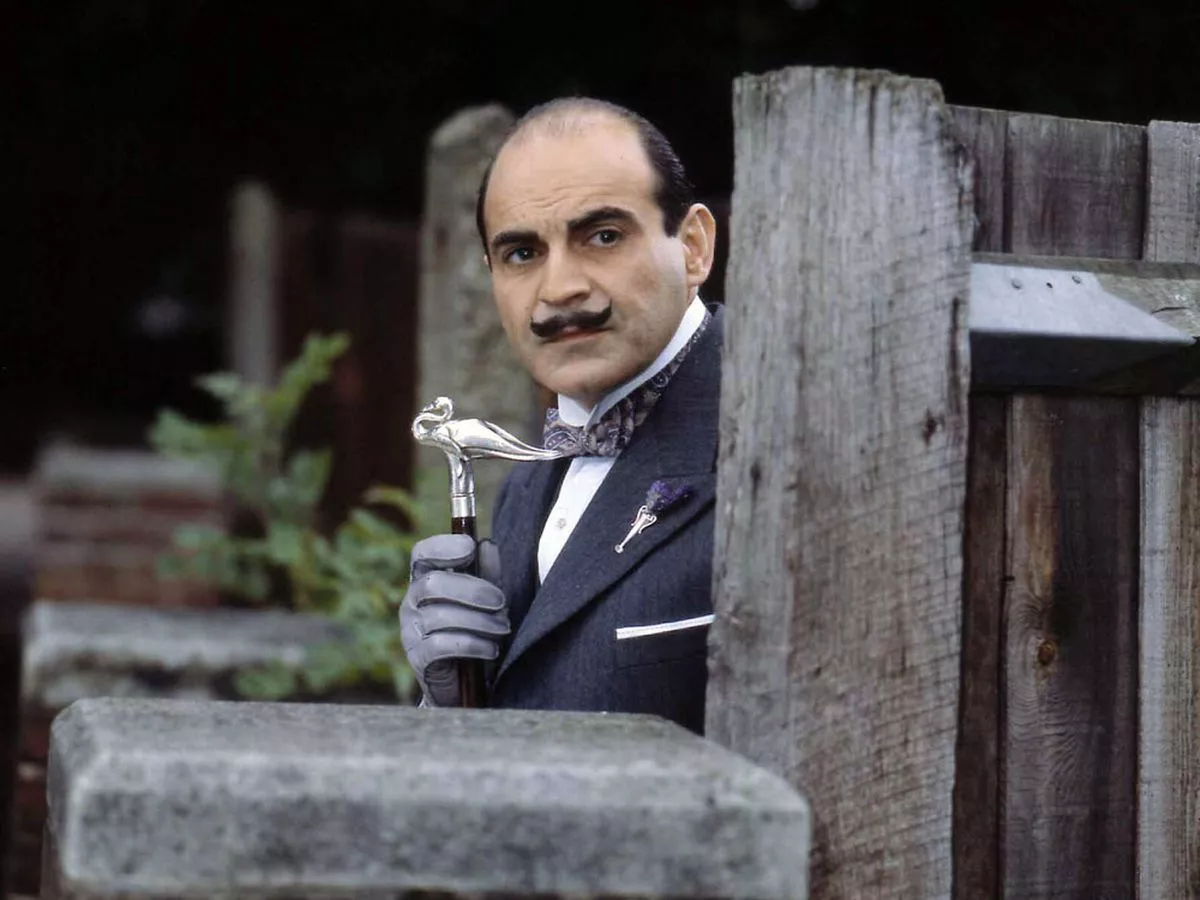
Yet, as mentioned above, this was not the last incarnation of Poirot: since 2017, Kenneth Branagh rebooted the detective’s story on the big screen. On top of directing the three films, Branagh has become the detective himself, playing a part in all movies. His first outing was in Murder on the Orient Express, and Branagh proved from the start that his version of Poirot would be very different from others. In the 2017 movie, viewers discovered a fragile and distraught sleuth whose obsession with order and perfection forced him to control every detail of his life. Significantly, Branagh’s character felt a lot more vulnerable than in previous films and TV series. As could be expected, this interpretation strongly divided the fanbase: some thought that the director was offering a modern take on the detective and went beyond “transcribing” the book on screen.
However, many others considered this Poirot deviated too much from the man depicted in the novels and lost his unique personality. Indeed, his fragility and compulsiveness made him just one more tortured soul in a time where cinematic heroes are often depicted as dark and complex – even Sherlock Holmes’ reboot by Guy Ritchie in 2009 went down that route.
Poirot’s looks also drew some criticism: the sleuth now sports a strange grey mustache, far from Suchet’s black hair, which had become the standard. The changes were even harder to swallow in Branagh’s subsequent adaptation – Death on the Nile (2022). The movie was panned by critics and fans alike, who found that it deviated far too much from the source material and did not reflect its complexity – on top of using terrible CGI effects. As a result, the director’s interpretation of Poirot was once again put in question: this time, the movie focuses on his lover story with singer Salome (Sophie Okonedo) and on the memory of his former fiancée Katherine, a nurse who died during WWI. Some fans thought this sub-plot took up too much screen time – especially as the film’s introductory scene, set during WWI, had little to do with the rest of the mystery.
Despite having made Poirot more humane, Branagh struggled to give him a distinct personality. His latest film, A Haunting in Venice (2023), fares a little better in that regard. Here, viewers met a retired Poirot in 1947. He has lost faith in humanity after witnessing so many horrific cases, and it takes his good friend Ariadne Oliver (Tina Fey, as a hilariously mischievous crime writer) to get him back into the business. Poirot is supposed to investigate a medium, Joyce Reynolds (Michelle Yeoh), who pretends that she can speak with the dead and attempts to do so in a haunted Venetian palazzo. The film finally offers us a skeptical Poirot – much closer to his novel counterpart – who refuses to believe in the supernatural and is a step ahead of everyone – until the séance gets out of hand.
The movie is far from perfect: it does not always know what to choose between faith and rationality and sometimes resorts to cheap jumpscares. But it is definitely the best of Branagh’s trilogy and offers an original perspective on Poirot’s story: here, the detective meets his maker, quite literally. Christie created Ariadne Oliver as a representation of herself, and much like the author, Ariadne’s relationship with Poirot oscillates between affection and tension. The film does a great job at outlining how the “creature” escapes its creator – the detective became famous because of the writer’s novels but ultimately decided to thwart her plans and regain his agency. When he finally gets back into business, it is only on his own terms.
In A Haunting in Venice, Hercule Poirot gets back to his roots: of all three of Branagh’s adaptations, this is the most interesting as far as the detective is concerned. The director is reportedly in discussions to return in a fourth film, which will hopefully elaborate further on this promising character arch: there is room for more than one mustache, but all adaptations of Hercule Poirot need to capture the essence of his character – “the little grey cells.”
Read More:
Cinematic Chronicles of Socioeconomic Struggles: A Trifecta of 20th Century Classics
How ’28 Days Later’ Revitalized The Zombie Film
The End of Heroes? Discussing the Possible Conclusions of the Indiana Jones, James Bond, and Mission: Impossible Franchises


